Let the rivers of the world show you how to be resilient in life. Dive in, as we share inspiring examples and stories of resilience from the rivers.
Resilience is the ability to withstand adversity and bounce back from difficult life events. Being resilient does not mean that people don’t experience stress, emotional upheaval, and suffering. Rather it is an inner trait which helps them adapt to the changing situation and keep moving forward.
Floating down the river of time, each one of us will meet our own set of obstacles, hurdles and difficulties. How we overcome them or deal with them is based on our resilience. Here’s a list of some interesting ideas for navigating through the challenges that life may brings us.
SHORTCUTS:
6 Stories and examples of resilience from Central America | Tibet | Peru | Egypt | U.S.-Mexico | Resilience Film

6. Resilience Example: A Story from the Past
The ancient, abandoned Mayan city of Tikal is a famous site in Central America. Its huge structures – some of which are over 70 meters high – show that the Mayans must have been supremely powerful and wealthy. But despite this wealth and dominance, Mayan civilization collapsed and its cities were left to crumble. Its downfall was self-inflicted.
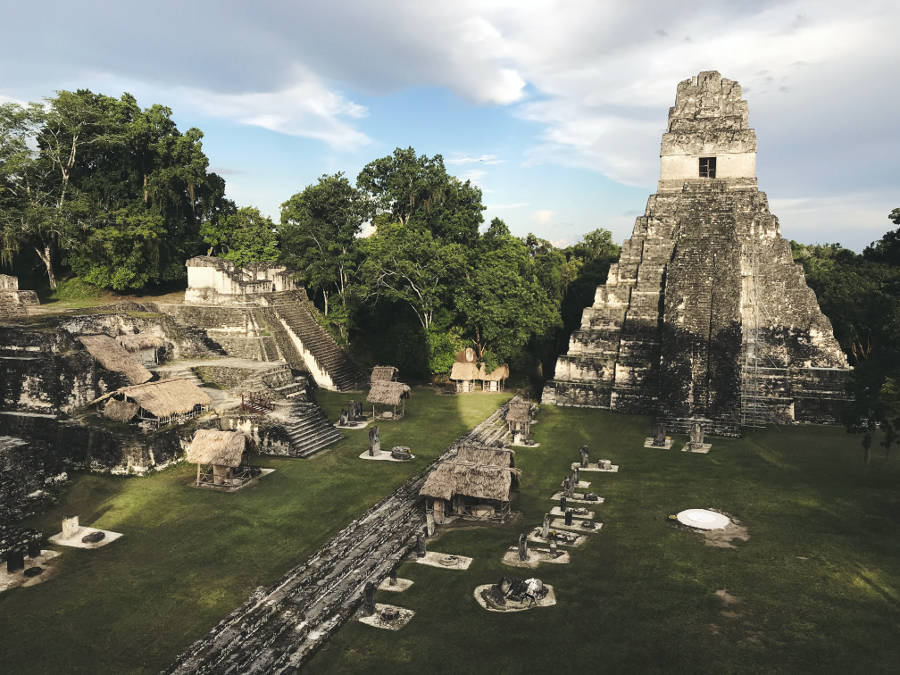
As the city of Tikal grew more wealthy, its population started to grow quickly. Faced with more mouths to feed, the Mayan leaders reacted by clearing the surrounding forests to create farmland for crops. While this might have brought more food in the short term, in the long run it brought huge environmental pressures. The damage was twofold. Firstly, the erosion left the fields less fertile as the nutrients in the soil were washed away. Secondly, soil was washed into nearby rivers, clogging up irrigation systems. This led to a drought that withered crops.
The rivers are the lifeblood of civilisations, but in the race for power, fame, glory, we often forget to take care of important things. Instead of finding ways to grow more food sustainably, the Mayan leaders spent time and resources on building ever more expensive monuments to themselves and on waging war with rivals. The wars and the wasting of energy helped to quicken the decline begun by the damage to the environment. Together these factors brought a once powerful society to its knees.

INSIGHT: When faced with a crisis, we have to focus on the essential. By safeguarding the things which nourish us, feed us and help us grow, we can get through hard times. What are the things that constitute the rivers in your life? What are the things you must protect and preserve at all costs?
Source of Story: Collapse by Jared Diamond.
HOW TO BE RESILIENT?
Resilience is how you recharge not how you endure. We normally believe that resilience depends on strength. This is only half true. It is the lack of recovery period which depletes our resilience. Not being able to rest weakens the mind, and erodes our health. Overwork, overstimulation, poor sleep affects us deeply. Losing our resilience leads to burnout and worse.
So what’s the key to resilience?
Trying hard. Recharging. Trying again.
A river will stop flowing if it is not recharged.
It’s the same for humans.
Learning to be resilient requires wisdom and courage, foresight and willpower. The river insights in this article are a way to travel into your mind. We cover many stories and examples that will take you on a journey within. An enquiry, which leads you to discover your own path to resilience. Finding answers to the questions at the end of each section will create a map of resilience for your life. *The short resilience film at the end of this post, is a gift from the rivers. An uplifting message from a beautiful mountain stream.
“Be like water making its way through cracks. Do not be assertive, but adjust to the object, and you shall find a way around or through it. If nothing within you stays rigid, outward things will disclose themselves.”
~ Bruce Lee
5. Resilience Example: A Story from Nature
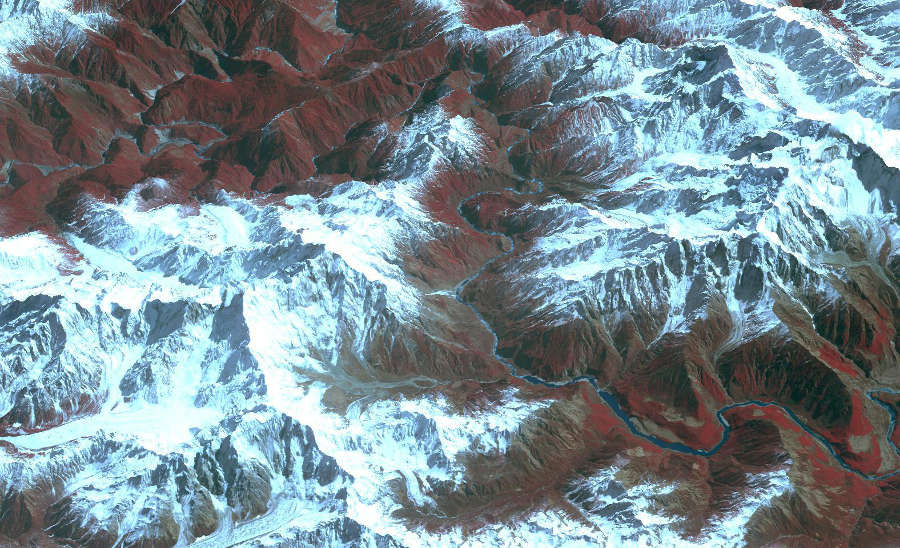
The Yarlung Tsangpo river is known as the roof of the world and is the highest river in the world. The river is often called as the “Everest of Rivers” because of its extreme conditions and lofty elevation. The average elevation being about 4000 meters, Yarlung Tsangpo starts from the Angsi Glacier in Tibet and runs across Tibet, India and then meets The Bay of Bengal. It has to navigate its way through multiple mountain ranges. While leaving the Tibetan Plateau, the river forms the world’s largest and deepest canyon, Yarlung Tsangpo Grand Canyon which is much longer than the Grand Canyon. The Yarlung Tsangpo is certainly one among the most unusual and inspiring rivers of the world.

INSIGHT: The river is stronger than the mountain. The way of the river, ever searching, ever flowing, always finds its path around the obstacle. In the flow of the river one can observe its true strength. Drawn by its pull to the sea, aided by gravity, every river seeks out its path and sometimes even creates it. These canyons are beautiful pieces of geographical art which serve as a reminder, that in nature, water cuts rock. What constitutes your strength in life? What are the values that you can rely on, to keep you flowing?
The same thinking can also be applied for building resilience to overcome negative habits. To change a habit, substitute the behaviour with a positive habit which creates a similar reward. That’s why the golden rule for quitting any habit is this: don’t try to resist the craving; redirect it.
4. Resilience Example: A Story of Change
The spirit of the river is the spirit of an explorer. When you stand next to a river, its path doesn’t seem to move. But this series of satellite images of Peru’s Ucayali River — featured in Google Timelapse project — reveals something pretty remarkable.
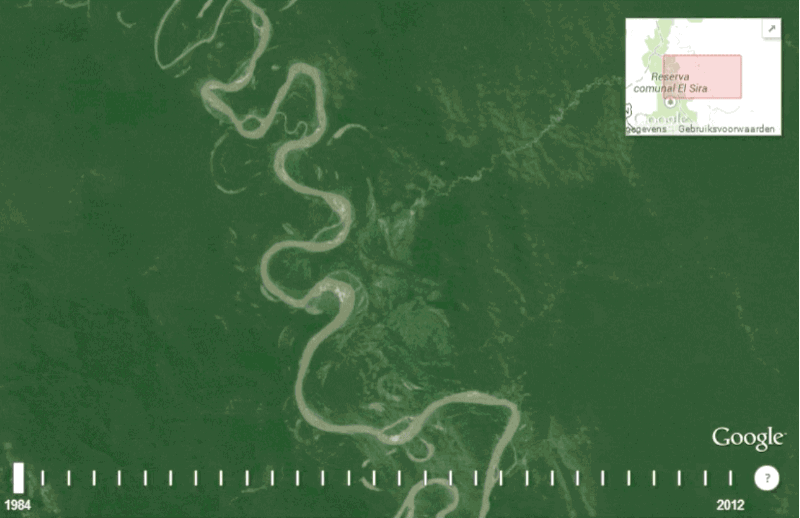
Over the course of fewer than 20 years, its path crawls back and forth, carving out deeper and deeper curves before cutting them off and starting over. All rivers naturally change their path over time, but this one forms meanders (the technical name for these curves) at an especially fast rate, due to the speed of the water, the amount of sediment in it, and the surrounding landscape.

INSIGHT: The key insight here is that, to build our resilience we need to work on our ability to explore. Exploration enables you to grow as a person. It challenges us to overcome our fears and anxieties. It’s how we learn more about the world. The second part is internal. It comes down to creating an understanding of the world through abstract thought. It’s the desire to learn new information and discover new ideas. People who seek out unfamiliar information and experiences, also tend to be intuitive, empathetic, and richer in their emotions. What are your sources of inspiration and motivation? Who can you turn to for advice and new insights?
Resilience is our capacity to change. It’s a positive state that is resourceful, adaptable and energised. Unlike bouncing back and coping, states that can be quite draining over the long term, or grit, that can be rigid and isolating, resilience is a place of high creativity and flexibility.
~Anise Bullimore, Resilience Coach
3. Resilience Example: A Story of Floods
The River Nile is about 6,670 km (4,160 miles) in length and is the longest river in the world. The Nile receives its name from the Greek Neilos, which means a valley or river valley. In Egypt, the River Nile creates a fertile green valley across a barren harsh desert. It was this gift of the river that allowed one of the oldest civilizations in the world to flourish. The ancient Egyptians lived and farmed along the Nile, using the soil to produce food for themselves and their animals.
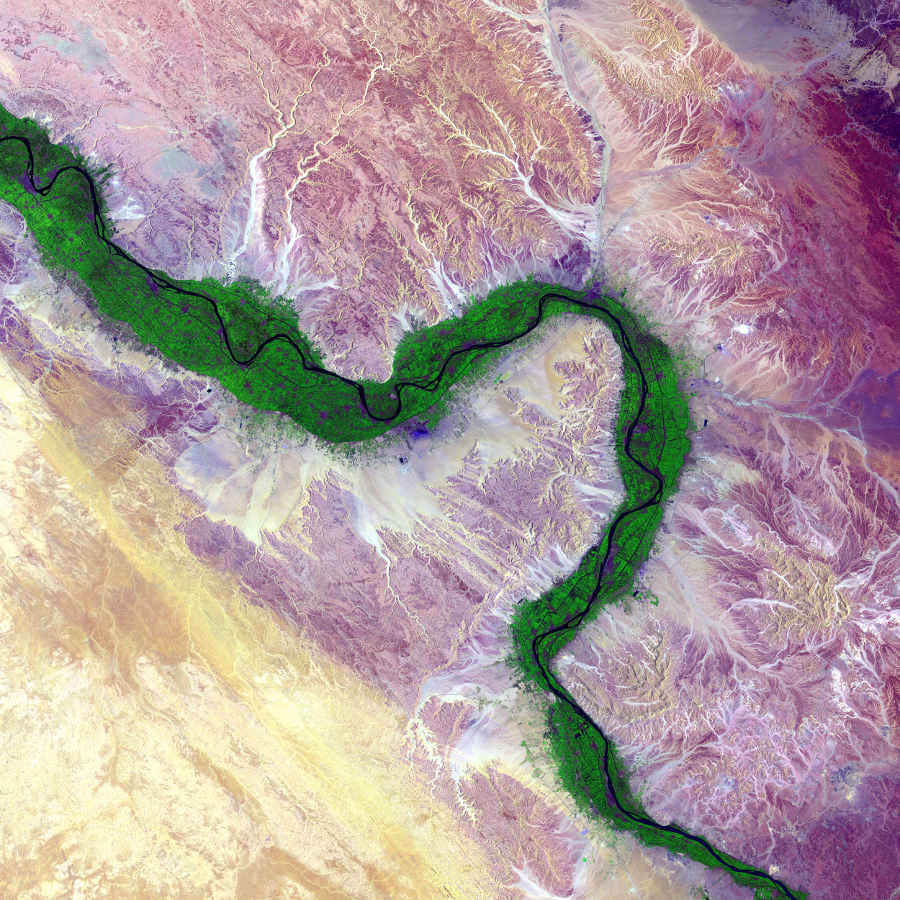
Regular as sun and moon, in the middle of burning summer, without a drop of rain in sight, when all other rivers on earth were drying up, for no apparent reason at all, the Nile rose out of its bed every year, and for three months embraced all of Egypt in a flood. The people’s happiness or misery depended upon the annual flood. (Uncover the source of this mystery here.)
Generally floods are seen as a form of natural disaster creating loss and damage. But in the life cycle of a river they play an important role. Flood waters carry nutrient-rich sediments which restore the fertility of the land. Floodplains are beneficial for wildlife by creating a variety of habitats for fish and other animals. In addition, floodplains are important because of storage and conveyance, protection of water quality, and recharge of groundwater.

MEDITATION: In life, there are some floods that one cannot avoid. However being well prepared for it and knowing how to manage the flood can help us strengthen our resilience. What are the floods that you can be prepared for? What gifts are you meant to receive from them? What is their role in your personal growth
2. Resilience Example: A Story of Rebirth
Colorado Delta, was once one of the most biologically diverse desert aquatic ecosystems on the planet. Paddling the delta in 1922, naturalist Aldo Leopold was entranced by the flourishing world beyond the tip of his canoe. “Verdant walls of mesquite and willow . . . a hundred green lagoons,” he wrote. “The river was everywhere and nowhere.”
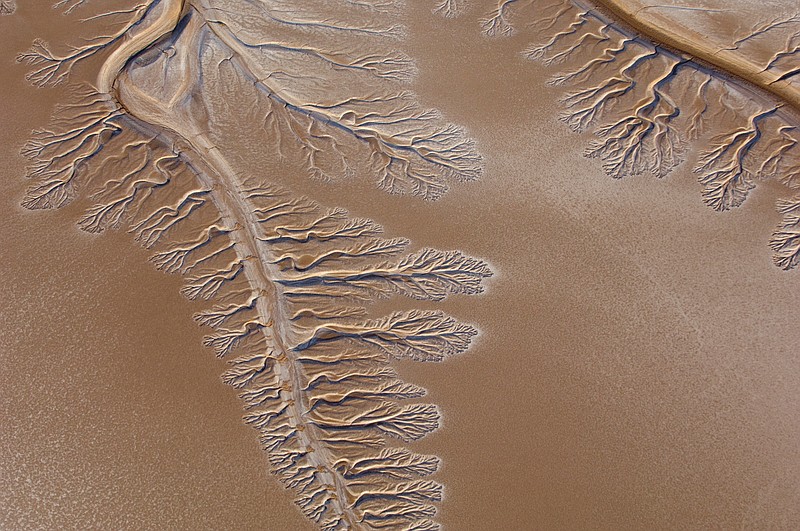
But things have changed since then. By the time the Colorado reaches Mexico, nearly 90 percent of its water has been siphoned off for farms and cities. For the most part, the delta has been reduced to a desiccated wasteland, dominated by invasive tamarisk trees and discarded trash.
In the spring of 2014 an experimental pulse of water was released into the Colorado Delta. It was an experiment to see what would happen and whether it was possible to regenerate habitat. What people witnessed was something extraordinary.
Within a couple days of being wetted by the pulse flow, billions of tiny copepods had hatched. Some were now feeding on algae along the river’s fringe. Dragonflies eat copepods, and they flew into hunt. Carp coming down the river were feeding on the dragonflies and fish larvae were also eating the copepods. The water’s life-giving effects spilled beyond the river’s banks. Kids who’d never seen it in its natural channel splashed and played. Spontaneous festivals came to life. Birds returned, and trees and marshes greened up.

MEDITATION: Nature has an inbuilt resilience. Things which appear to be dead are merely dormant and spring back to life once the conditions are right. It gives us hope that in the river of time, no matter how difficult the circumstances, we just have to wait for the water of life to come back and restore our fragile but precious sense of aliveness. How can you build your patience and reserves of energy? How can you connect with nature to understand its laws better?
Resilience Walk
In these challenging times, it has become essential for all of us to guard our mental health. Try this engaging walk in nature to explore simple ways of building your mind’s resilience. Calming activities that recharge your inner world, through the outer.

1. Resilience Example: A River Story
Film Credits: Film- Nitin Das | Music- Chris Haugen |Additional Footage- GreenHub | Production- Colorcaravan | Research: HBR Blog | *Please view in fullscreen mode with sound.
The river is not just a body of water flowing into the sea. It is a complex ecosystem. A set of relationship between the water and the many beings whose lives are linked with its flow. A variety of plants, animals, insects, microorganisms, and the river form a web of life which supports and nourishes each other’s life cycle. The influence of the river’s water extends far beyond its observed edges.

INSIGHT: It is difficult to say where the river begins and where its boundary ends. Similarly, our resilience is codependent on the resilience of other people in our lives. It is also dependent on the resilience of the environment we live in. Who can you turn to, for support in tough times? What are the places that you can go to recharge yourself? And more importantly, who can you support when they are going through a tough time?
Resilience is a quality that can be learnt and strengthened. By finding spaces that rejuvenate us, and sharing it with others in their time of need, we are building our own resilience and also creating a resilient support network.
Rivers are stronger than mountains
In case you enjoyed this post, do try our Nature Calm course and find new ways to grow your resilience.

Uplifting Activities To Help You Grow:
Nature Calm
The twists and turns of life affect us in many ways. Therefore, learning to take control of our own wellbeing is an important skill. Let’s discover how to find peace, purpose and resilience with the help of nature. We share the best ideas and practices from around the world. To get useful new ideas in your inbox, you can join our monthly newsletter.
Which is your favourite river? And what has it taught you? Do add your thoughts in the comments below so that we can grow our collective knowledge. Please share this post with friends, so that it reaches where it’s needed.

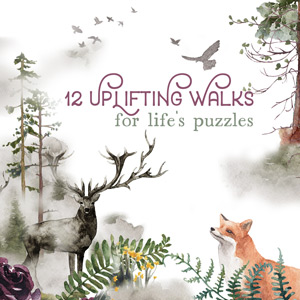
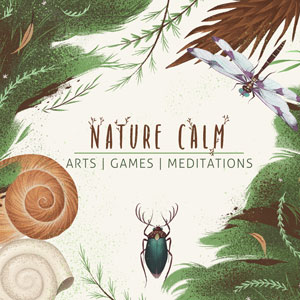
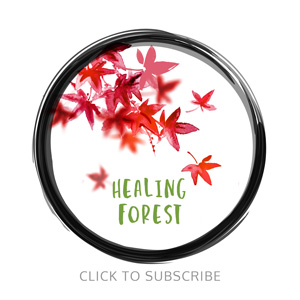
I love our local river, (Hiabangan River – in Dagami, Leyte Province, Philippines). It connect to the headwaters, source of drinking water to many a populace. This river has experienced the unprecedented supertyphoon Haiyan ( with wind velocity of 360 kilometer per hour exacerbated by climate change) This river witnessed the fear, hunger and pain of families faced with the hopeless aftermath of the disaster. Left unharmed, this river has taught me to rejoice for the continuing solidarity, industry and ingenuity of communities despite the odds they are confronted with.
LikeLiked by 1 person
The Housatonic River has taught me about locations along the river, and the healing effects they may have: To release, seek waterfalls and rapids along the river’s course. To revitalize, seek out the springs that feed the river. To remember, spend time at oxbows or meanders. For restoration, spend time at pristine lakes and ponds. To be renewed, seek out where the river meets tbe ocean. These powers of place are very effective and can guide healing pilgrimage to sacred waters.
LikeLiked by 1 person
My favorite river is the St Clair, part of the Great Lakes between Canada and the US state of Michigan. One of the many things the river has taught me is about reflection. I am always inspired and buoyed by the dance of the sun’s light on the river in the morning, like scattered diamonds.
This is known in science as sun glitter. It happens when sunlight reflects off of water waves at different angles. The pattern someone sees depends on their location and also on the altitude of the sun.
Seeing or remembering the sun glitter helps inspire me and remind me that sometimes I have to wait for the right perspective to see the light in the world. The river’s sun glitter also reminds me that light is in all things, all people, all beings in changing patterns. The river’s bright reflection is just one way to show it.
The river also becks me to more inner reflection as the day begins and as the day ends.
LikeLiked by 1 person